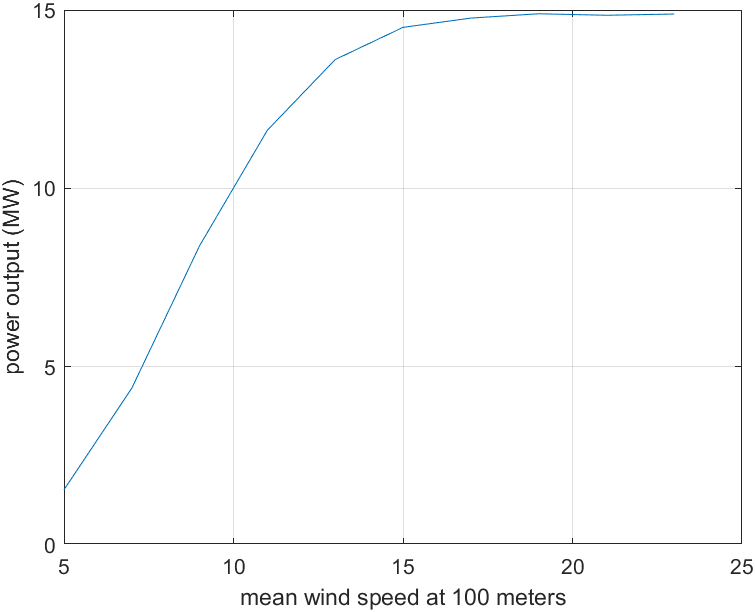Hello,
the initial design did not include a detailed FEM analysis, did not include buckling constraints, and did not include torsional deformations. Strains were computed along the spar caps using this formula https://github.com/WISDEM/WISDEM/blob/c07ce084b582322fa2e73da70ce2396abecf6e7d/wisdem/rotorse/rotor_structure.py#L702, which includes axial force and the two moments along the principal axes.
If you are looking for detailed structural redesigns of the blades, I'd recommend checking out two very relevant studies from the University of Bristol and The University of Texas at Dallas. The respective papers are listed in the README of the develop branch https://github.com/IEAWindTask37/IEA-15-240-RWT/tree/develop
Lastly, torsional deformations will certainly impact the power curve. However I believe not as badly as your predictions. Were you prescribing the pitch angle? Or were you letting ROSCO adjust to maximize power? Also, as you say, peak thrust shaving will certainly impact power.
I hope this helps. Regards, Pietro




Good morning, I would like to ask you some questions about the structural optimisation of the blade performed in Wisdem: during the optimisation, is it true that the only stress considered is the longitudinal stress? transverse and shear stress are neglected? Is it performed using 2D sections or a complete shell model, like Numad, that uses Ansys APDL? Are the buckling effects considered? for the final evaluation of the AEP, is it considered the twist deformation (for example, using Beamdyn stand-alone), that reduces the power output? I noted that the use of Beamdyn reduces significantly the power output, I think that the reduction (or elimination) of the thrust peak shaving coefficient can also have a positive effect to enhance power production. In the image, the power curve using Beamdyn for the floating wind turbine, using a wind shear exponent of 0.14, turbulence model class B, and baseline control parameters for 20 minutes of simulation. the mean wind speed is taken at 100 meters above sea water level.